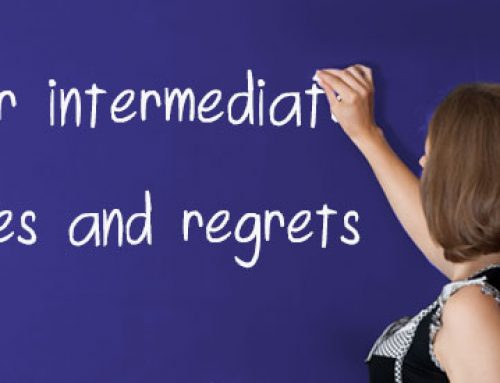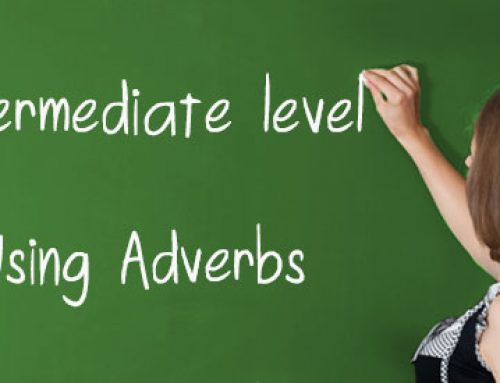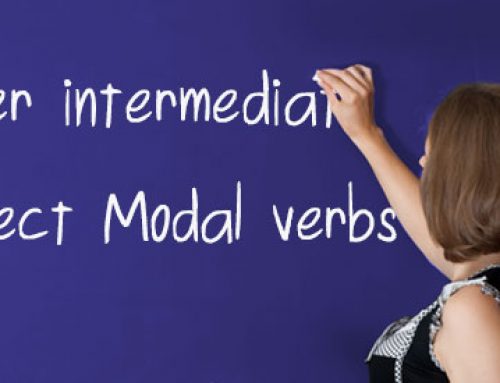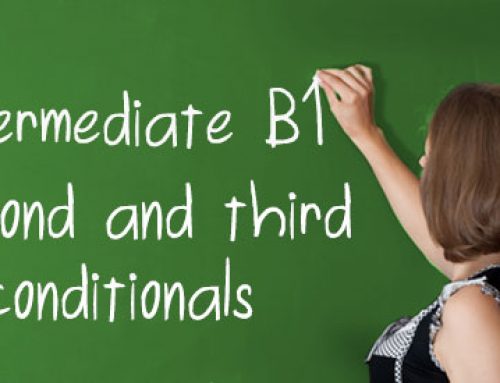Grammar Guide – il present simple ‘To be’
‘To be’
In inglese, il verbo ‘to be’, che corrisponde all’italiano ‘essere’, si usa come verbo principale che come verbo ausiliare nei tempi composti alla forma continua e nella formazione del passivo.
- To be – forme affermativa (I am, You are…)
- To be – forme affermativa (I am not, You are not…)
- To be – forme interrogative
- To be – forme interrogative + What, where, ecc
- Usi particolari di ‘To be’
In inglese, l’ordine delle parole segue regole precise:
- 1: Nella frase affermativa, l’ordine è: soggetto > verbo
- 2: Nella frase negativa, si mette ‘not’ dopo il verbo be: soggetto > ausiliare > not
- 3: Nella frase interrogativa, l’ordine si invertite. Il verbo be, come ausiliare, precede il soggetto: ausiliare be > soggetto
| Be – Affermativa | Be – Negativa | Be – Interrogativa |
|---|---|---|
| I am > I’m (Sono….) | I am not > I’m not | Am I…? |
| You are > You’re (Sei….) | You are not > You aren’t / You’re not | Are you…? |
| He is > He’s She is > She’s It is > It’s | He is not > He isn’t > He’s not She is not > She isn’t > She’s not It is not > It isn’t > It’s not | Is he…..? Is she…..? is it…..? |
| We are > We’re | We are not > We aren’t / We’re not | Are we…? |
| You are > You’re | You are not > You aren’t / You’re not | Are you…? |
| They are > They’re | They are not > They aren’t / They’re not | Are they…? |
Nota bene – In inglese, a differenza dell’italiano, e indispensabilie usare i pronomi personali soggetto (I, He, She, it, We, ecc). Nella lingua parlata e nei messaggi informale di solito si usano le forme contratte (I’m, You’re, She’s, ecc)
Forme affermativa – to be
- I’m tired today > Sono stanco oggi
- Paola is in bed > Paola è a letto
- You’re very busy today > Sei molto occupato oggi
- The cup is on the table > La tazza è sul tavolo
- They are late > (Loro) Sono in ritardo
- This is my home > Questa è casa mia
- These are my keys > Queste sono le mie chiavi
- That is my car > Quella è la mia macchina
- Those are my children > Quelli sono i miei figli
Forme negativa – to be
- I’m not tired today > Non sono stanco oggi
- Paola is not in bed > Paola non è a letto
- You’re not very busy today > Non sei molto occupato oggi
- The cup is not on the table > La tazza non è sul tavolo
- They are not late > Non sono in ritardo
- This is not my home > Questa non è casa mia
- These are not my keys > Queste non sono le mie chiavi
- That is not my car > Quella non è la mia macchina
- Those are not my children > Quelli non sono i miei figli
Forme interrogativa – to be
La forma interrogativa si ottiene invertendo la posozione dell soggetto e del verbo.
- Am I late? > Sono in ritardo?
- Are you busy today? > Sei occupato oggi?
- Is Paolo at home? > È Paolo a casa?
- Is the cup on the table? > È la tazza sul tavolo?
- Are these your keys? > Sono queste le tue chiavi?
- Are they students? > Sono studenti?
Forme interrogativa + what, where, ecc
- Where is Paolo? > Dove è Paolo?
- Where is your car? > Dove si trova la tua auto?
- What is this? > Cos’è questo?
- Why is the cup on the table? > Perché la tazza sul tavolo?
- What is the time? > Che ora è? / Che ore sono?
- Who is that man? > Chi è quell’uomo?
Usi particolari di ‘To be’
L’uso del verbo ‘be’ corrisponde sostanzialmente al verbo ‘essere’ e, talvolta, a ‘stare’. Tuttavia, a differenza dell’italiano, in inglese si usa ‘be’ nei seguenti casi:
Alcune espressioni con ‘be’ corrispondono a forme italiano con ‘avere’:
I’m hot / I’m cold > Ho caldo / Ho freddo
I’m hungry / I’m thirsty > Ho fame / Ho sete
You’re right / You’re wrong > Hai ragione / torto
I’m afraid > Ho paura
I’m in a hurry > Ho fretta
Si usa ‘to be’ per esprimere la professione
Marco is an architect > Marco fa l’architetto
I’m a teacher > Sono insegnante / faccio l’insegnante
Si usa ‘to be’ per esprimere l’eta
How old are you? > Quanti anni hai?
I’m 42 (years old) > Ho 42 anni





